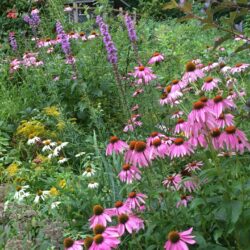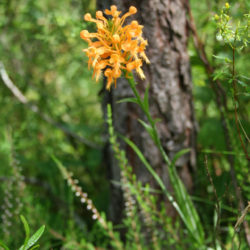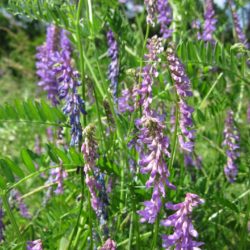Written by Zach McElgunn, ELA Staff This month’s tips, tricks, and techniques draw on the work and advice of Rosmarie Lohnes (Designer President, Helping Nature Heal). Rosmarie joined ELA members…
Sustainability
On Deck: The R & R Conference
Written by: Julie Snell, ELA Board Member The conference formerly known as The Mid-Atlantic ELA Conference is returning live and in person! If there was a silver lining in pandemic…
What is ‘Deep Ecology’?
By: Mads McElgunn, ELA Director One of my favorite newsletters, The Overview from Atmos Magazine, recently published an article on Deep Ecology that piqued my interest. As ELA continues to…
Current Climate
First Step to Maintain Biodiversity? Acknowledge Indigenous Knowledge as Science Written by: ELA Director, Mads McELgunn, MA Since reading Robin Wall Kimmerer’s 2013 book, Braiding Sweetgrass, I’ve been patiently waiting…
Celebra el Día de la Tierra todos los días- ¡Empiece con estas Eco-Acciones!
A medida que nos acercamos al Día de la Tierra 2021, comparta la lista de pasos ecológicos de ELA con colegas, amigos y familiares. Aquí hay acciones que todos podemos tomar para hacer que nuestros paisajes sean más amigables con la tierra.
Celebrate Earth Day Every Day – Get Started with these Eco-Actions!
As we approach Earth Day, share ELA’s list of ecological steps colleagues, friends, and family. Here are actions all of us can take to make our landscapes more earth friendly.
Update: Plastic Pots Used in the Green Industry
By Marie Chieppo
In 2019, the Association of Professional Landscape Designers (APLD) sustainability committee asked me to research and write about plastic horticultural pots use and disposal methods. Because plastic is so easy to use, billions of plastic pots were being produced without a blueprint for what would happen as demand increased. Unfortunately, we’ve produced so much plastic that we can’t possibly recycle it all.
Green Stormwater Infrastructure
By Anna Shipp
Our current economic downturn caused by COVID-19 and ongoing social and climate crisis demands a transformational change in everything from business practices to public policy, including how we approach stormwater management. In rebuilding our economy, the government must prioritize green stormwater infrastructure because it’s a tool that fosters job growth, public health, community well-being, and resiliency.
The Case for Sustainable Landscape Materials – An Interview with Meg Calkins
by Jared Green
Meg Calkins, professor of landscape architecture at North Carolina State University and founding member of the Sustainable SITES Initiative®, reports on the progress of SITES, including areas such as materials reuse in which progress still needs to be made.
Green Manure
by Robert Kourik
You say you want to garden all-naturally, but the closest source of animal manure is many miles away? Then green manuring might be for you. Green manuring is the process of tilling fresh green plants into the soil to help make it drain better and allow it to hold onto more moisture, with an added bonus – the plants, as they decay, act as a readily available fertilizer. Green manuring is also pretty darn close to free fertilizer – discounting the cost of a few seeds and plenty of elbow grease. Learning how the natural cycle of decomposition works means you’ll know exactly what part of the cycle to influence, how to speed up the natural processes, and how to improve the soil in either the short or the long term.
***
Each author appearing herein retains original copyright. Right to reproduce or disseminate all material herein, including to Columbia University Library’s CAUSEWAY Project, is otherwise reserved by ELA. Please contact ELA for permission to reprint.
Mention of products is not intended to constitute endorsement. Opinions expressed in this newsletter article do not necessarily represent those of ELA’s directors, staff, or members.
Seeing the Potential of Wood-Inhabiting Fungi in the Managed Landscape
by Tara Mitchell A Need for Change Wood-inhabiting fungi are at the core of forests’ ability to regenerate and provide habitat for wildlife. They are the primary agents of wood…
Book Review: Healing Earth
Healing Earth – An Ecologist’s Journey of Innovation and Environmental Stewardship Written by John Todd Published by North Atlantic Books, 2019 Reviewed by Cindy Goulder It’s easy to be overwhelmed…







